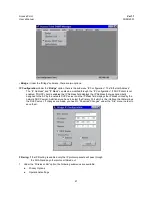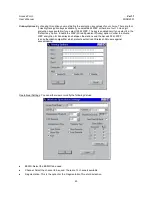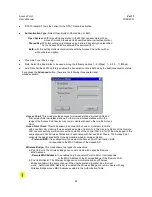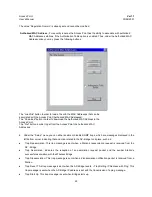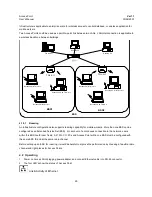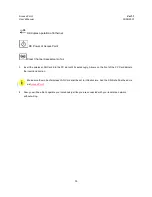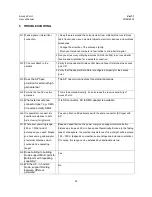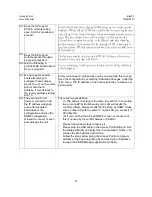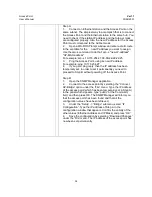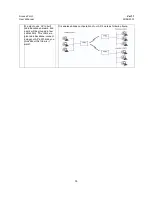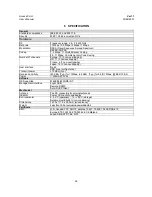
Access Point
Ver1.1
User’s Manual
30/08/2001
32
5 TROUBLESHOOTING
1 - Keep the area around the antenna clear from materials that could block
radio transmission, such as metal objects, electronic devices, and cordless
telephones.
- Change the direction of the antenna slightly.
- Move your notebook computer a few inches to find a better signal.
Q1 Weak signal or intermittent
connection.
2 Use you site survey utility (by wireless LAN Card utility) to survey a better
location and orientation for a network connection.
1 Verify that the adapter Wireless LAN Service Area ID matches the access
point ID
Q2 PC cannot attach to the
network.
2 Verify that the adapter Data Rate is configured properly for the access
point.
Q3
Does the AP have
provision for external high
gain antenna?
The AP has two connectors for external antennas.
Q4 For what do the AP use two
antennas
This is the antenna diversity, it can increase the receive sensitivity of
Access Point.
Q5
What external antenna
connector type? e.g. SMA
or reverse polarity SMA?
It is SX connector. SX to SMA adapter is available
Q6 It is possible to connect two
directional antennas to both
Ap's. How is it might work
You can attach certified antenna with the same connector (SX type) with
AP
Q7 What about operating range -
450 m. ? What kind of
antennas do you used. Maybe
you have some good supplier
of external antennas which
could extend a operating
range?
Based on specification, the power margin can support communication
distance as long as 450 m in free space theoretically. But due to the fading
loss of atmosphere, the practical link distance of line-of-sight will be around
150 ~ 300 m (depends on weather, surroundings and antenna orientation).
Of course, this range can be extended by directional antenna.
Q8
Does building to building
mode support Multi-point to
Multi-point with repeating
capability?
Yes
Q9
Will the AP, in 'normal'
mode, support Routing
between different
networks?
No




